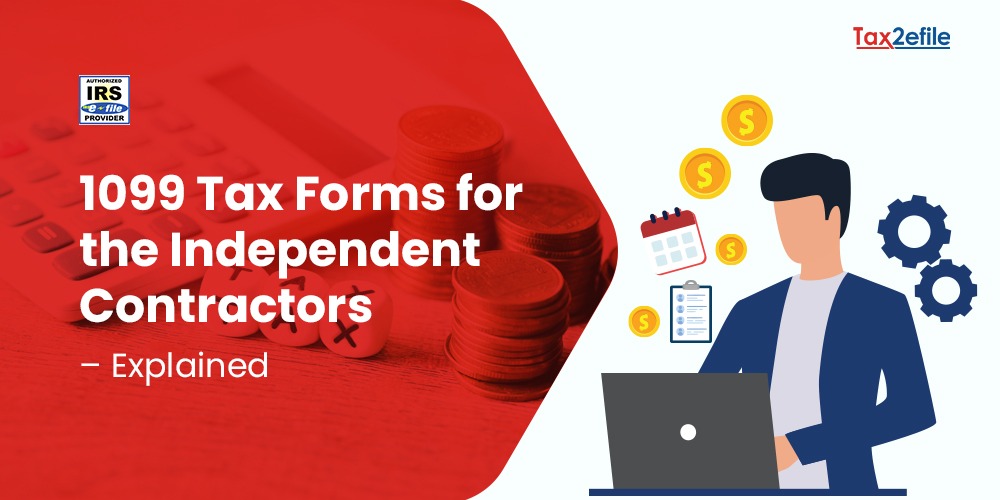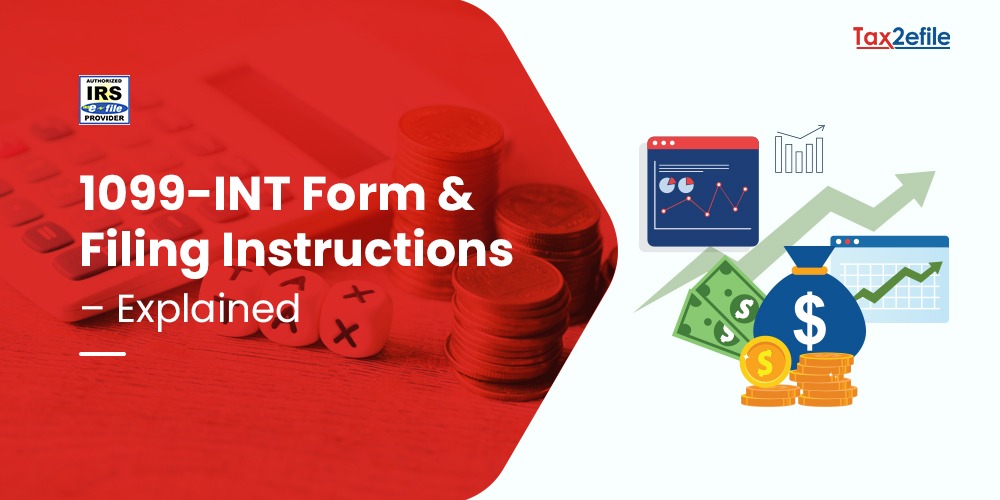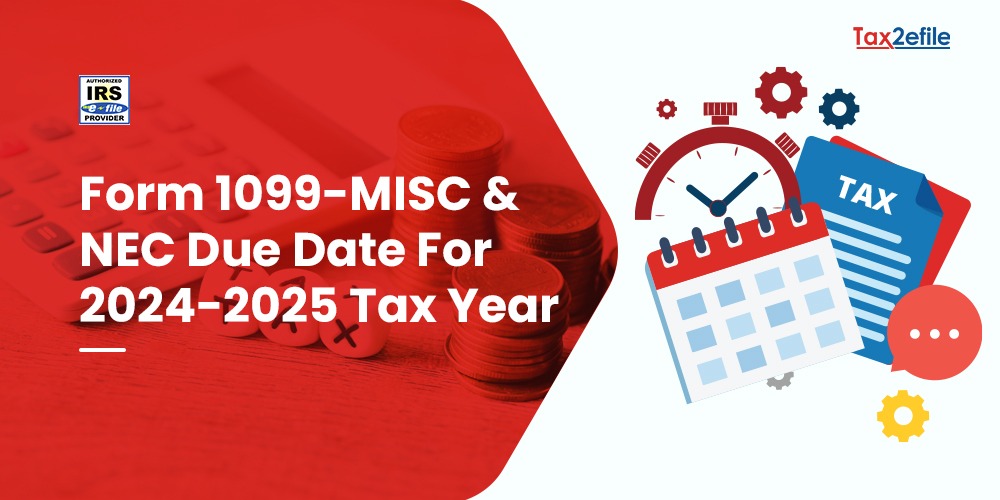- November 13, 2024
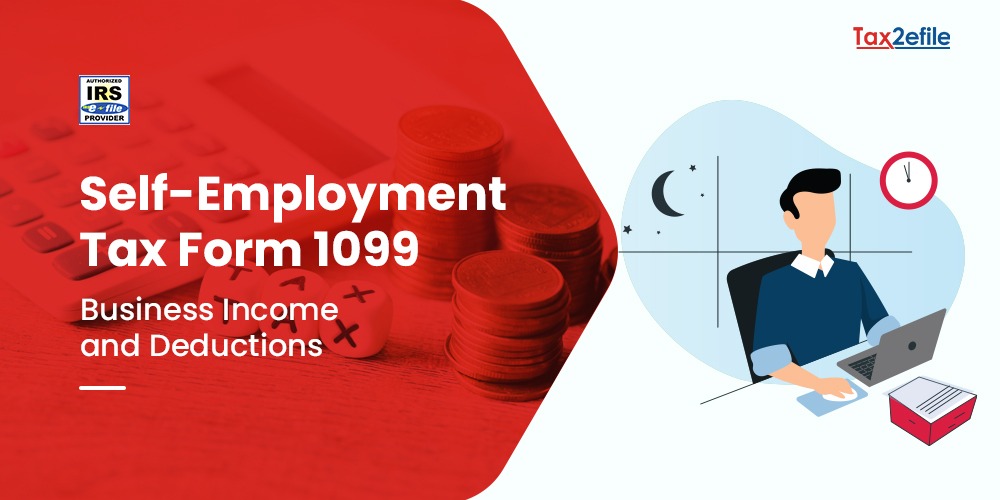
Self-employed individuals are also required to file their income tax returns with the IRS. A person is considered to be self-employed if they carry out a trade or business as a sole proprietor or as an independent contractor. An individual is said to be self-employed if they are a member of a partnership that carries out a trade or a business or are in business for themselves, including a part-time business or being a gig worker.
Table of Contents
Self-Employment Tax Obligations
As a self-employed individual, the taxpayer is required to file their annual income tax returns and pay all their estimated taxes quarterly. Self-employed individuals generally pay the self-employment tax and the income tax. SE, or self-employment tax, is a Social Security and Medicare tax meant specifically for individuals who work only for themselves. Before determining if the self-employed are subjected to the SE tax and the income tax, they should figure out the net profit and net loss from their business. They can calculate this by subtracting the expenses of the business from the business income.
If the expenses are less than the income, the difference will be the net profit, and it becomes part of the income on page 1 of the IRS tax Form 1099. A self-employed individual can file their income tax return if their net earning from self-employment are $400 or more. If the net earnings from self-employment were less than $400, the taxpayers could still file an income tax return if they meet any other foiling requirements that are listed in IRS tax Form 1099.
Self-Employment Tax Deduction
The self-employment tax refers to the Medicare and Social Security taxes that self-employed individuals like freelancers, sole proprietors, independent contractors, and small business owners have to pay. These taxes will be used to fund the Medicare and Social Security initiatives of the government. The rate of tax for self-employed individuals is at 15.3% on the net earnings. Of this, 12.4% will be used for social security, and 2.9% will be used for Medicare.
Both employers and employees share these taxes, each paying a tax rate of 7.65%. People who are completely self-employed and subject to self-employment taxes have to pay for both these tax parts themselves. The Internal Revenue Service will treat the employer portion of the self-employment tax as a business expense and allow the taxpayers to deduct it accordingly.
Self-employed individuals can also avail of potential savings with their self-employment taxes. They have to deduct half of their self-employment taxes from their net income when they calculate their income tax. Therefore, if the self-employment taxes amount to $3500 a year, then during the tax time, $1750 will be deducted.
Self-employed individuals can also avail of home office deduction. The cost of their workspace, which is a part of their home, can be used regularly and exclusively for the business, whether the individual rents or owns it. It can be deducted from the taxes as home office expenses.
Self-Employment Tax Form 1099
The 1099 Forms from the IRS are a collection of Forms that are used to report payments that are typically not obtained from an employer. The taxpayers can make use of IRS Form 1099-NEC to report their business income and deductions. Forms 1099 can be used to report different types of incomes, and it is used to report payments from someone who is not typically one’s employer. They can be an entity, business, individual, etc. Different types of 1099 forms report various types of income and how they were earned.
Form 1099 is used to report certain types of self-employment income to the IRS. The self-employment income for freelance and independent contract workers is reported on Form 1099-NEC. Form 1099-NEC should be filed when the business pays a non-employee $600 or more in the tax year. A non-employee can either be an independent contractor or any person who has been hired on a contract basis to complete the work. These employees can be writers, graphic designers, web developers, etc.
What is the 1099-NEC Form?
Businesses for which self-employed people work are required to file Form 1099-NEC if they receive $600 or more as compensation for their self-employment work in a year. If self-employed individuals receive payments through online payment services such as PayPal, then they might receive Form 1099-K. As employed people, taxpayers are required to report all of their self-employment income, regardless of whether they receive Form 1099-NEC or not.
The process of filing self-employment taxes through Form 1099-NEC is a little different, and the IRS is phasing in new 1099 reporting requirements for payments obtained from third-party payment systems like PayPal, Venmo, etc. In 2021, the IRS changed the reporting threshold from over $20,000 in payments and more than 200 transactions to over $600 in payments, regardless of the number of transactions.
Instead of immediately using the new $600 threshold, the IRS applied the previous reporting threshold for the 2022 and 2023 tax years. For the 2024 tax year, the IRS plans to make use of the $5,000 threshold, regardless of the number of transactions. Some states have already started using the $600 threshold for their reporting requirements.
Who Received Form 1099-NEC, and What to Do After Receiving 1099-NEC?
Form 1099-NEC reports the non-employee compensation to businesses and self-employed individuals who are paid $600 or more for the specific tax year. People who will receive the 1099-NEC Form include freelancers, self-employed people, consultants, vendors, and independent contractors. Here are the following steps to take, after receiving the 1099-NEC Form.
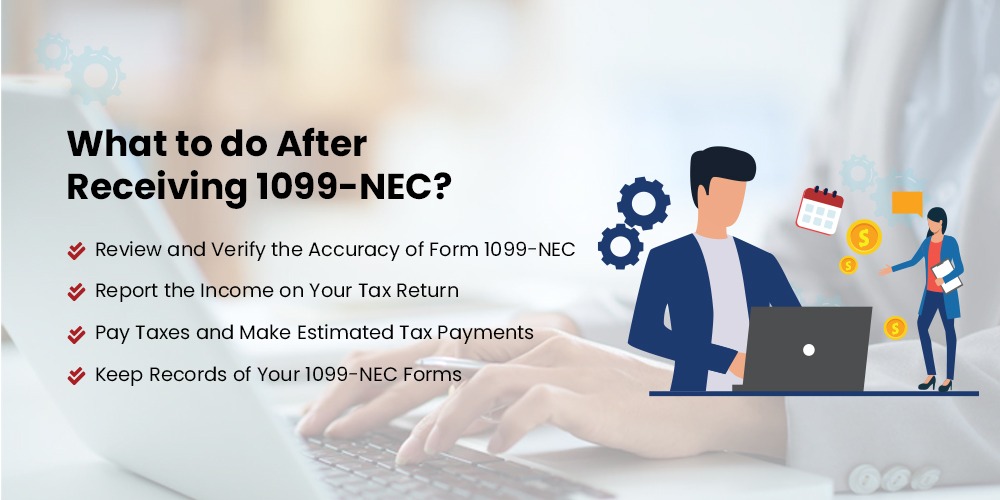
- The first step is to review the accuracy of the Form. Taxpayers should make sure that their name, SSN, TIN, and the amount of income reported are correct. If there are any discrepancies, the taxpayer should contact the concerned person to correct the required information.
- If the 1099-NEC is correct, the next step is to report the income on the tax return, which must be done on the tax form, such as Schedule C or Schedule E, depending on the business structure.
- After reporting their income, self-employed individuals should be responsible for paying the taxes on the income they have earned, including the posting of Social Security and Medicare taxes. Taxpayers are also required to make the estimated tax payment throughout the year.
- Self-employed individuals should also keep records of the 1099-NEC forms for future tax purposes and to verify their income.
Self-Employment Taxes – Estimated Tax Payments
Self-employed individuals should pay the Social Security and Medicare taxes with the help of their tax return rather than having them taken out of a paycheck. These taxes are calculated on Schedule SE, which the taxpayer has to attach to their tax return. The net profits that are reported on Schedule C will be used to calculate the employment taxes on Schedule SE. The income from the investments and other non-work sources are generally not subject to Medicare and Social Security taxes. The self-employment taxes are generally reported on IRS Form 1099-NEC.
One important aspect to notice on the 1099-NEC Forms is that the clients don’t typically withhold income tax from their payments like the employers do for their employees. This is a pay-as-you-go system, where employees typically pay their taxes throughout the year rather than all at once while filing their tax returns. As self-employed individuals, they usually can’t wait to pay the taxes all at once as well. The taxpayers may have to make up to four estimated tax payments to the IRS during the tax year.
The amount and frequency of the estimated payments will depend on how much income one earns, the tax withheld from the other employment income, and the method the taxpayer chooses to calculate the estimated taxes. Self-employed individuals make use of IRS Form 1040-ES to calculate their estimated tax obligations.
Due Date to File IRS Form 1099-NEC
The IRS requires self-employed individuals to file Form 1099-NEC on or before January 31st of the tax year. If they cannot meet the deadline, they must pay penalties. Self-employed individuals are required to report all income if their net earnings are over $600. They must report and pay their self-employment taxes using Schedule SE and submit 1099-NEC when they file their taxes. The best way to report and pay the self-employment taxes without penalties is to make use of the third-party tax filing software and take expert help in accurate reporting without errors, within the deadline.
One of the major benefits of receiving 1099-NEC from a self-employment employer is that the taxpayer can claim the business deductions on Schedule C and use the information to calculate their net profits obtained from self-employment. Tax experts at Tax2efile will get self-employment taxes well with the help of their e-filing service. Being an authorized IRS e-filing service provider, they will ensure to file the returns without any errors and will also look for a number of deductions and credits possible in the tax return, to minimize the amount of taxes paid to the IRS.
